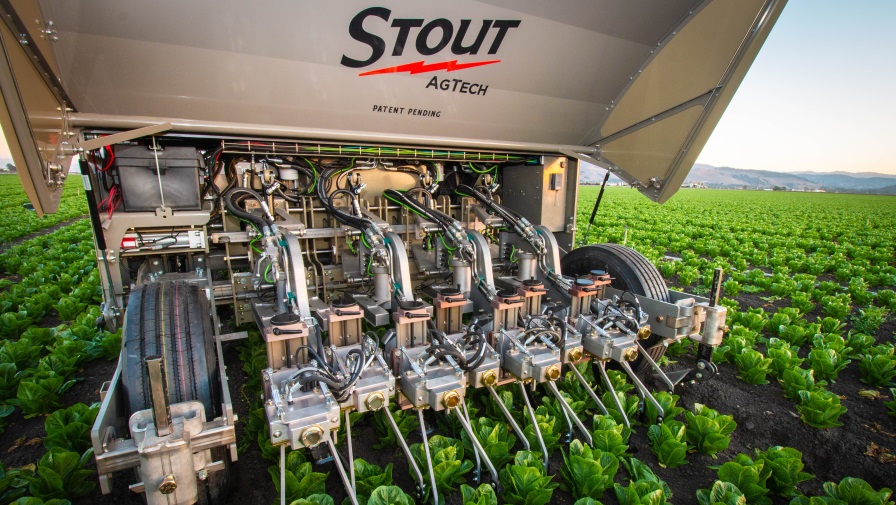Rapid Cooling Equals Longer Shelf Life For Fresh Market Sweet Corn

Sweet Corn
Just ask Steve Sargent, a professor and Extension postharvest specialist with the University of Florida.
“I am always harping on two things,” he says: “minimizing mechanical injury, as more and more sweet corn is being mechanically harvested because of the lack of labor, and cooling the product as quickly as possible to the lowest safe temperature to maximize postharvest quality.”
Principles Of Rapid Cooling
For fresh market sweet corn, the faster you get it cooled, the longer it will last, he says, so it is important to remember the three “T”s of cooling: time, turbulence, and temperature.
1 Time: Determine the correct amount of time the produce needs to be exposed to the cooling medium. In most postharvest cooling situations, water, ice, forced-air cooling or vacuum cooling is used to bring down the temperature, depending on the crop. In the case of sweet corn, Sargent says tunnel (shower) hydrocooling the ears with cold water for 30 to 60 minutes will reduce the temperature of the crop faster than forced-air cooling. This will also avoid husk drying and ultimately maximize postharvest quality. The goal is to remove seven-eighths of the field heat during the cooling process.
“The best way to cool is with the corn loose in an open top, single-layer container, or on a conveyor belt, with cool water showering down over it as it moves along the conveyor,” he says.
Sargent notes that it is important to pay attention to how the corn is packaged to determine how long it will take to cool. For example, he says with a single crate you can probably get away with less than an hour, but for the volume of an entire pallet of crated sweet corn, you may need more than an hour for proper cooling.
2 Turbulence: Make sure the cool water is in constant contact with the crop. According to Sargent, turbulence refers to the mixing of the cool water and its constant application over the ears of corn. After the water is poured over the corn as it moves along the conveyor, it is captured, rechilled, and pumped back up through the system and used again.
“You want the corn in as close contact with the water as possible for rapid cooling,” he adds.
3 Temperature: Keep the temperature of the cooling medium constant. In general, Sargent says the water should be kept as close to 34°F as possible. He notes that having an adequate hydrocooling system is paramount to maintaining the proper water temperature.
He tells growers to be wary of inexpensive systems as some may require longer cooling times for the sweet corn if the system gets overwhelmed by the heat of the product, which in turn, heats the water.
“If the system doesn’t have enough refrigeration capacity to keep the water at 34°F constantly, the cooling water temperature will slowly rise making it impossible to cool completely,” he says.
In the end, he says, time is of the essence when striving to increase shelf life.
“Cool the sweet corn as quickly as possible, and keep it cool as long as possible during handling,” he stresses, “from the shipper through refrigerated transport on a refrigerated truck, to the supermarket, and then to a refrigerated shelf in the supermarket.”










